Labor & Economy
April Is the Cruelest Month As the Economy Crawls Along

Bad news on the economy. It added only 88,000 jobs in March – the slowest pace of job growth in nine months.
While the jobless rate fell to 7.6 percent, much of the drop was due to the labor force shrinking by almost a half million people. If you’re not looking for work, you’re not counted as unemployed.
That means the percentage of working-age Americans either with a job or looking for one dropped to 63.3 percent — its lowest level since 1979.
The direction isn’t encouraging. The pace of job growth this year is slower than its pace last year.
What’s going on? The simple fact is companies won’t hire if consumers aren’t buying enough to justify the new hires. And consumers don’t have enough money, or credit, or confidence to buy enough.
It’s likely Americans are beginning to feel the pinches of January’s hike in the payroll tax combined with the government budget cuts known as the sequester. Increases in gas prices haven’t helped. All are taking money out of the pockets of most people – whose job situation remains precarious. So they can’t and won’t buy much.
One indicator: Retailers cut their staffs in March — by 24,100.
Yes, the stock market has rebounded. But only a small portion of Americans are affected by the rebound. The richest one percent own 35 percent of all shares of stock; the richest 10 percent own 90 percent.
And, yes, housing prices have stopped falling, and construction of new homes has picked up. The construction sector added 18,000 jobs in March.
But the turnaround in housing isn’t because prospective homeowners have been able to get new mortgages. It’s because investors are buying or building homes to rent. And a buoyant rental market doesn’t make most people feel wealthier.
Perhaps the most disturbing aspect of all this is that we’re in the fifth year of a supposed economic recovery from the second-worst economic downturn of the past century, and we’re still not nearly back on track. Instead, we’ve had the most anemic recovery in history.
A Gallup survey released Thursday showed that the percentage of Americans holding full-time jobs has remained essentially unchanged over the past year. With 12 million people out of work and another eight million holding part-time jobs who’d rather have full-time ones, this just isn’t nearly good enough.
We’re experiencing the burden of austerity economics and the continued scourge of widening inequality. Both are squeezing average Americans. Yet it’s impossible to have a buoyant and sustained recovery without a large and growing middle class.
(Robert B. Reich, Chancellor’s Professor of Public Policy at the University of California at Berkeley, was Secretary of Labor in the Clinton administration. Reposted from his website with permission.)

-

 The SlickNovember 14, 2025
The SlickNovember 14, 2025Can an Imperiled Frog Stop Oil Drilling Near Denver Suburbs? Residents Hope So.
-

 Latest NewsNovember 19, 2025
Latest NewsNovember 19, 2025How Employers and Labor Groups Are Trying to Protect Workers From ICE
-

 Column - State of InequalityNovember 13, 2025
Column - State of InequalityNovember 13, 2025Barring a Sharp Shift, Health Insurance Costs Will Skyrocket
-
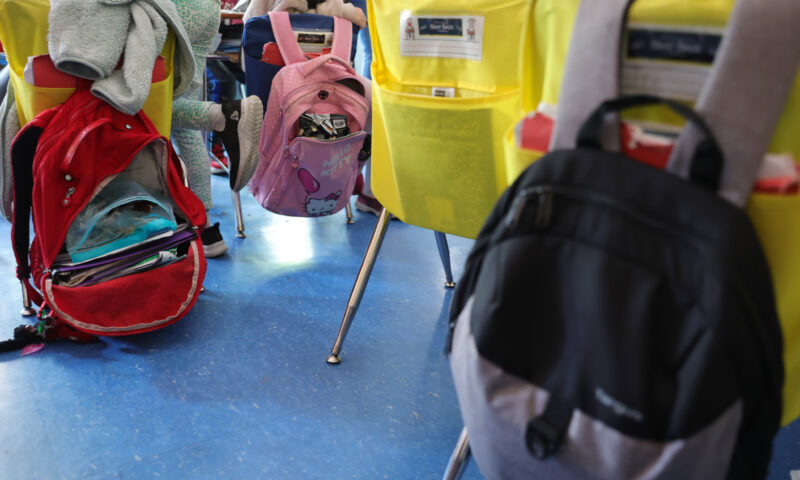
 Latest NewsNovember 18, 2025
Latest NewsNovember 18, 2025Future of Special Education at Risk, Teachers Say, as Trump Moves to Cut Staff and Programs
-
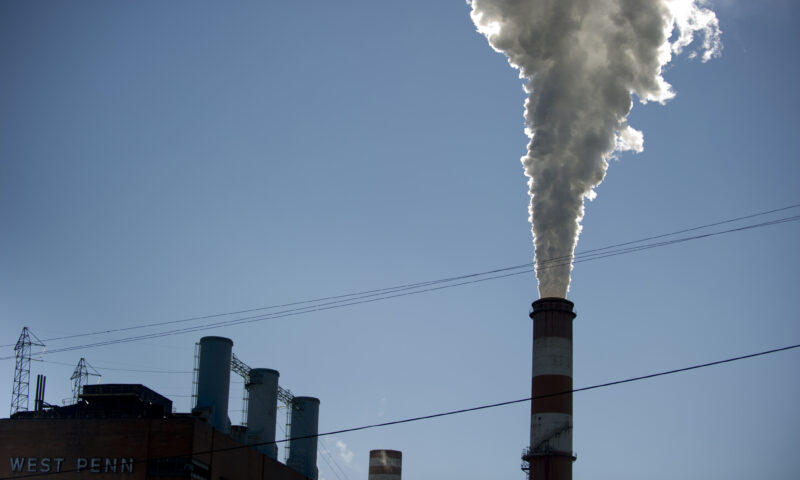
 The SlickNovember 18, 2025
The SlickNovember 18, 2025After Years of Sparring, Gov. Shapiro Abandons Pennsylvania’s Landmark Climate Initiative
-
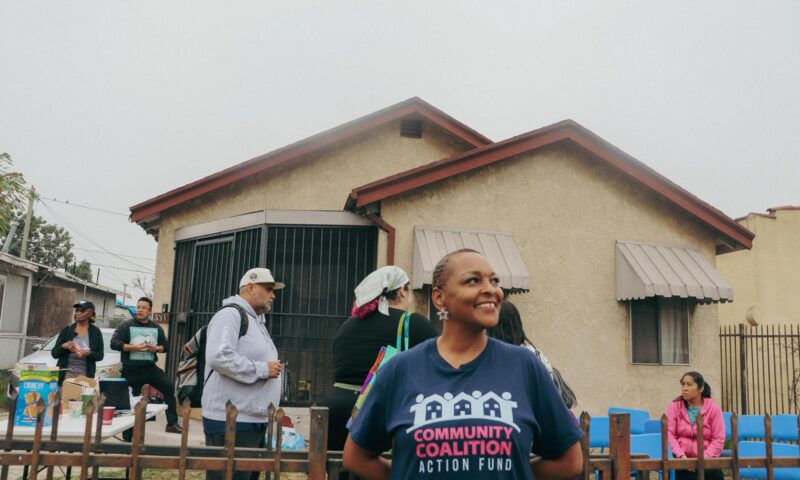
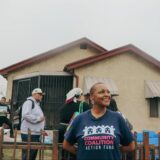 Latest NewsNovember 17, 2025
Latest NewsNovember 17, 2025In South L.A., Black and Latino Neighbors Unite Against ICE as Systems Fail
-
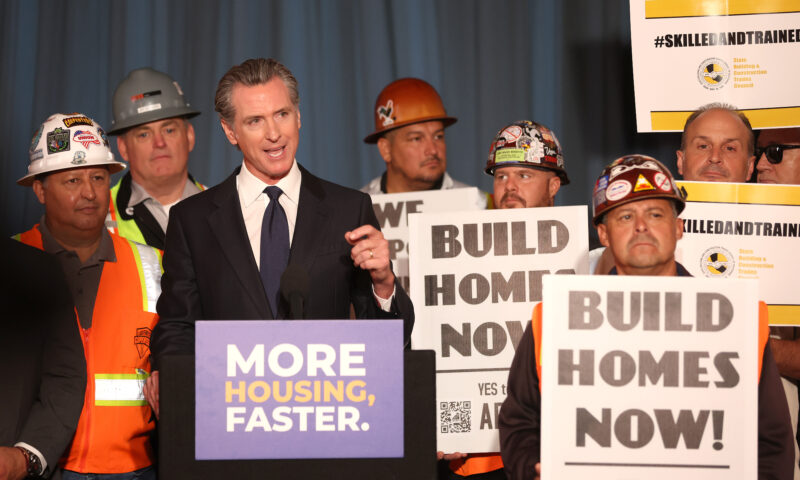
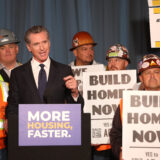 Column - State of InequalityNovember 21, 2025
Column - State of InequalityNovember 21, 2025Seven Years Into Gov. Newsom’s Tenure, California’s Housing Crisis Remains Unsolved
-
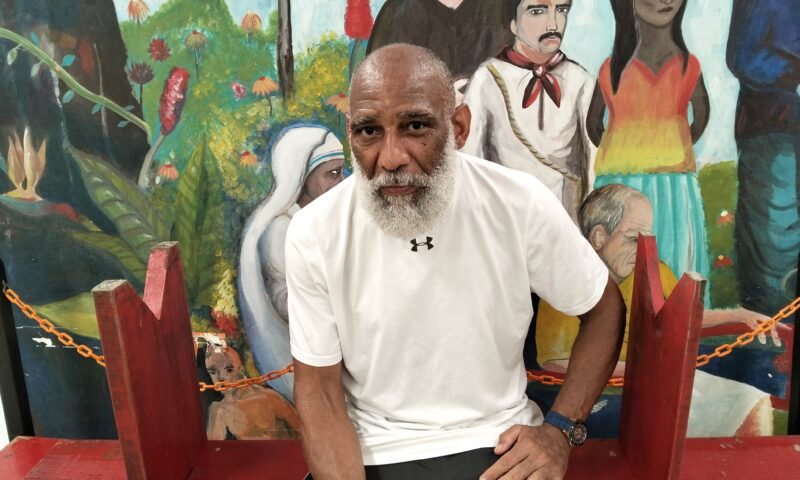
 StrandedNovember 25, 2025
StrandedNovember 25, 2025‘I’m Lost in This Country’: Non-Mexicans Living Undocumented After Deportation to Mexico

